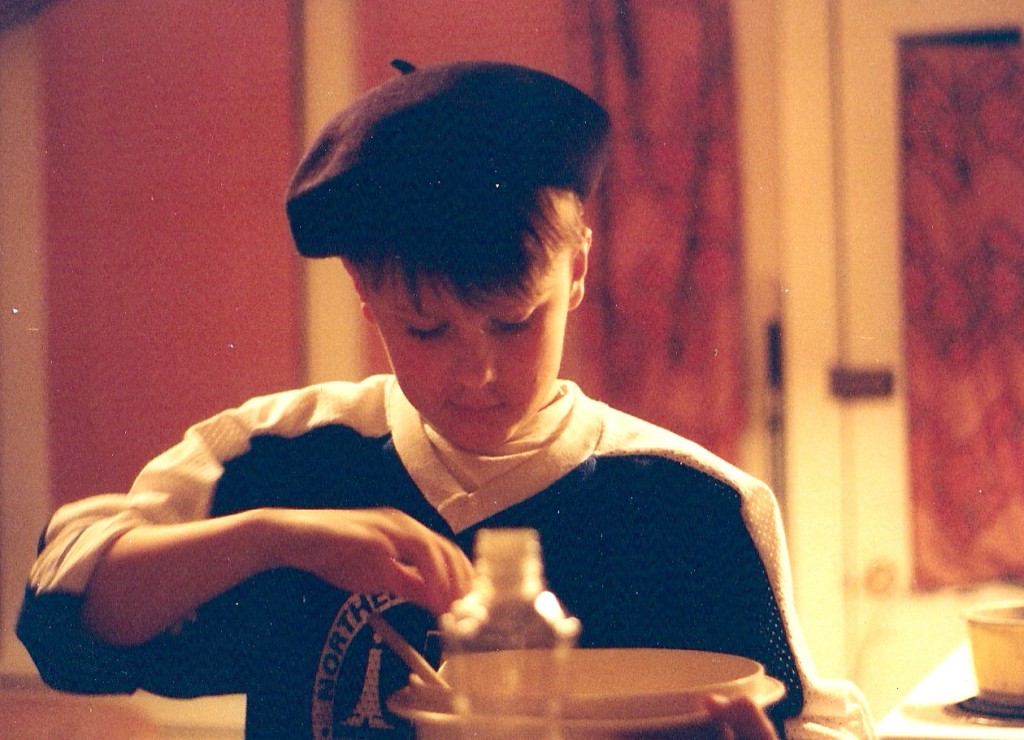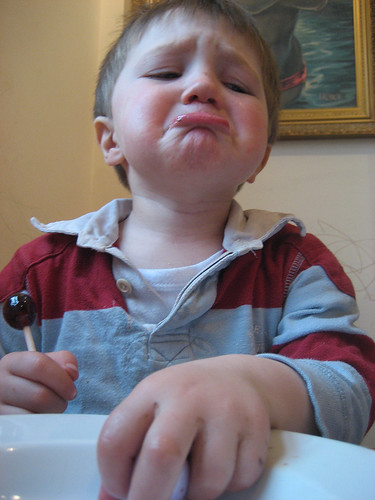Children dream about becoming movie stars, musicians, professional athletes, prima ballerinas and presidents. I don’t know about you but the last time I looked at a group of grown-ups, I saw a lot more accountants than astronauts…. more mechanics than movie stars. What becomes of childhood dreams?
I’ve heard a lot of highly successful people say that one of the first steps they had to take to fulfill their dreams was to stop talking to their family and friends about them. It seems that in our efforts to protect those we love the most we often stomp on the rocket fuel of their imaginations. Our intentions are usually good: we want them to be safe and secure, we don’t want them to get “beat up” by life or repeat our mistakes.
So what happens? They stop dreaming, stop trying or stop telling us.
Can you blame them? Think about a time that you were excited about an idea, you told a friend and they immediately starting poking holes in it. Even if your friend was trying to help, the conversation did not make you feel good or increase your confidence, did it?
So how do we make sure that our kids will be prepared to earn a living without stepping on their big dreams? How about dreaming with them? You can:
1) Ask questions that encourage imagination. “What do you think it’s like to live in the White House?”
2) Ask questions that reinforce ideas. “How many hours do you think the President works every day?” or “What kind of student do you think he was when he was in the ___th grade?”
3) Ask questions that help them make plans. “What do you think you might need to do to get ready to be the President? How do you think we can practice now?”
4) Ask questions that help them broaden their thinking. “It seems like the part of being President that you like the best is the ______. Did you know that companies also have a presidents?”
Talking about dreams and how to achieve them goes far beyond the dreaded “What do you want to be when you grow up” question. Instead, it’s another way to enhance communication between you and your child and to strengthen the connection between you. And that might just be a dream come true.






